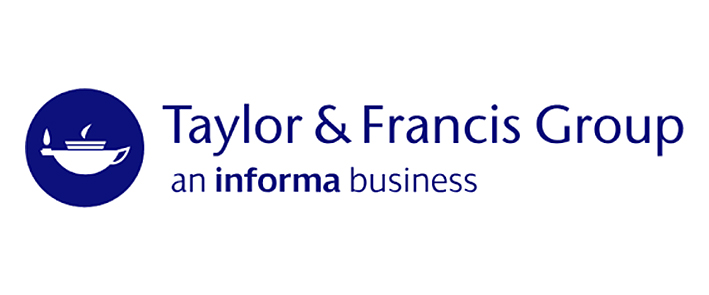Category theory for the sciences / David I. Spivak.
Material type: TextPublication details: Cambridge : MIT Press, c2014.Description: viii, 486 p. : illustrations (some color) ; 24 cmISBN:
TextPublication details: Cambridge : MIT Press, c2014.Description: viii, 486 p. : illustrations (some color) ; 24 cmISBN: - 9780262028134 (hardcover : alk. paper)
- 512.62 23 Sp761
| Item type | Current library | Call number | Status | Date due | Barcode | Item holds | |
|---|---|---|---|---|---|---|---|
| Books | ISI Library, Kolkata | 512.62 Sp761 (Browse shelf(Opens below)) | Available | 136278 |
Browsing ISI Library, Kolkata shelves Close shelf browser (Hides shelf browser)
| 512.62 L531 Basic category theory / | 512.62 L821 Algebraic operads | 512.62 N931 Functorial model theory : | 512.62 Sp761 Category theory for the sciences / | 512.62 T929 Monoidal categories and topological field theory / | 512.6202855133 B595 Analysis of categorical data with R/ | 512.6202855133 B595 Analysis of categorical data with R/ |
Includes bibliographical references (pages 475-478) and index.
1. Introduction--
2. The category of sets--
3. Fundamental considerations in set--
4. Categories and functors, without admitting it--
5. Basic category theory--
6. Fundamental considerations of categories--
7. Categories at work--
References--
Index.
This book shows that category theory can be useful outside of mathematics as a rigorous, flexible, and coherent modeling language throughout the sciences. Information is inherently dynamic; the same ideas can be organized and reorganized in countless ways, and the ability to translate between such organizational structures is becoming increasingly important in the sciences. Category theory offers a unifying framework for information modeling that can facilitate the translation of knowledge between disciplines. Written in an engaging and straightforward style, and assuming little background in mathematics, the book is rigorous but accessible to non-mathematicians. Using databases as an entry to category theory, it begins with sets and functions, then introduces the reader to notions that are fundamental in mathematics: monoids, groups, orders, and graphs -- categories in disguise. After explaining the big three concepts of category theory -- categories, functors, and natural transformations -- the book covers other topics, including limits, colimits, functor categories, sheaves, monads, and operads. The book explains category theory by examples and exercises rather than focusing on theorems and proofs. It includes more than 300 exercises, with selected solutions. Category Theory for the Sciences is intended to create a bridge between the vast array of mathematical concepts used by mathematicians and the models and frameworks of such scientific disciplines as computation, neuroscience, and physics.
There are no comments on this title.


























